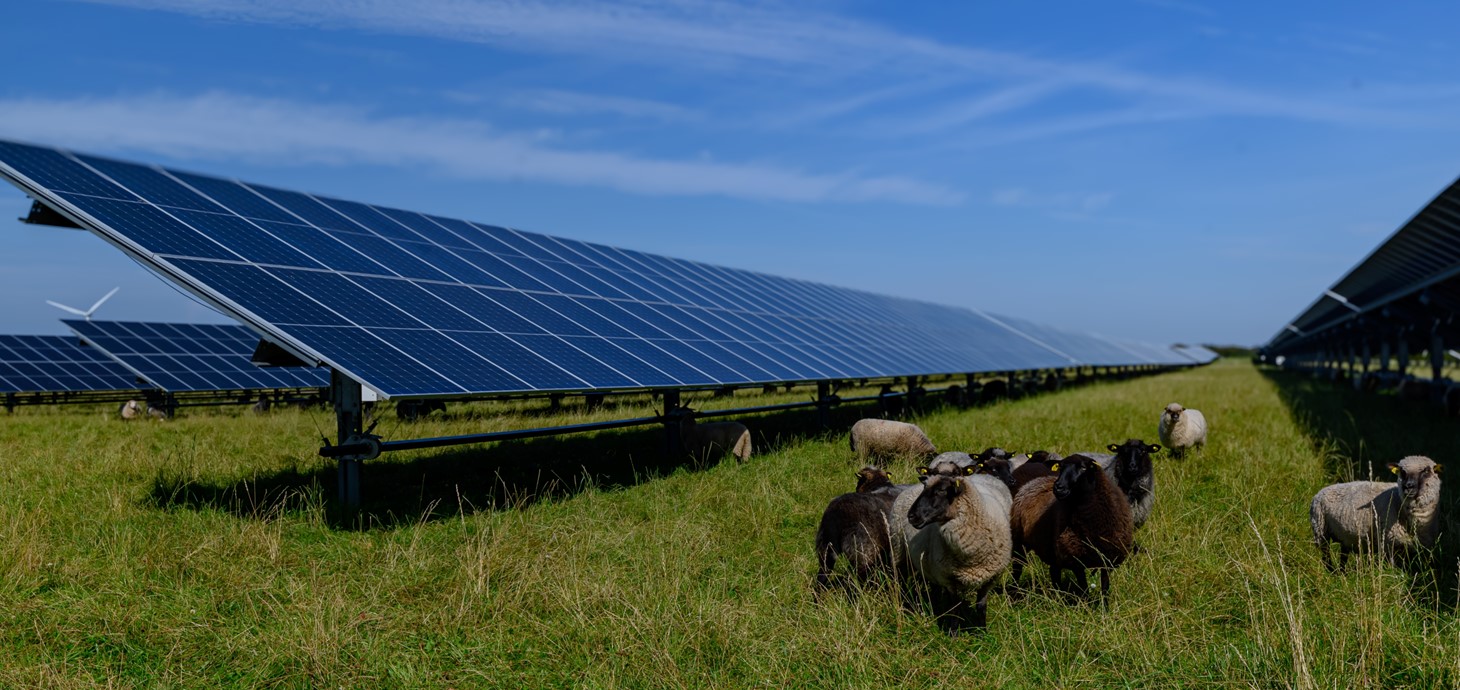
Scientists from Swansea University have developed a new tool to help identify optimal photovoltaic (PV) materials capable of maximising crop growth while generating solar power.
In a recent study published in Solar RRL, academics from the University’s Department of Physics have been exploring the effect of semi-transparent PV materials placed over crops – an exemplary application of agrivoltaics (solar panels combined with agricultural settings).
As part of this work, the team has developed an innovative freeware tool that predicts the light transmission, absorption, and power generation of different PV materials nearly anywhere on the globe using geographical, physical, and electrical measurements.
Austin Kay, lead author of the study and a PhD candidate at Swansea University, said: “This technology, which allows us to compare many types of PV material, could help us determine how we balance food production and renewable energy generation.”
A key factor for optimising agrivoltaics is selecting the appropriate PV material, which requires an understanding of how the material absorbs different wavelengths (colours) of light, as well as its bandgap. A wider bandgap means the material can absorb light that is higher-energy and has a shorter wavelength (blue), while a narrower bandgap allows the absorption of lower-energy, longer wavelength (red) light.
By carefully selecting PV materials with specific bandgaps and absorption properties, researchers can fine-tune the ‘colour’ of light transmitted through semi-transparent PVs to hit the crops, which mainly absorb red and blue light to photosynthesise, reflecting green light.
Project lead, Associate Professor Ardalan Armin, said: “By optimising the combination of solar panels and agriculture, agrivoltaics has the potential to significantly contribute to the decarbonisation of the agricultural sector. This approach not only generates clean energy but also enhances food security.”
Solar panels or PVs can be introduced into agricultural settings in many ways to provide locally generated power with minimal effect on a farm’s output. They can be attached to the roofs of greenhouses or polytunnels and can also be used to provide shelter for livestock. In return, the livestock can reduce maintenance costs by eating vegetation around the panels. However, careful consideration of the type of livestock is crucial as some species, like goats, can jump onto the PVs and cause irreversible damage.
Read the paper On the Performance Limits of Agrivoltaics—From Thermodynamic to Geo-Meteorological Considerations in full.
